Searching for "Wild One"
ruthz
last year
last modified: last year
Featured Answer
Sort by:Oldest
Comments (6)
callirhoe123
last yearRelated Discussions
Evergreen huckleberries not sweet?
Comments (9)My guess is that there has been more hybridizing for landscape purposes rather than fruit quality, the major fruit nurseries around here (OGW, Raintree, etc.) offer only the basic species. It has been mentioned on this forum previously that plants with bluish fruit may have better flavor. Any fruit can get over-ripe, and I would think mid-winter huckleberries would be past their prime. Shearing does greatly reduce fruit, but on close inspection, there are usually a few berries lurking below the surface, in favorable years. I used three search strings: (requires advanced search) "evergreen huckleberry" (exact phrase) AND one of these: varieties varietals cultivars http://www.fs.fed.us/database/feis/plants/shrub/vacova/all.html http://arcadianabe.blogspot.com/2011/10/evergreen-huckleberries.html http://wildhuckleberry.com/species/ http://myfolia.com/plants/821-evergreen-huckleberry-vaccinium-ovatum/varieties http://plants.usda.gov/plantguide/pdf/cs_vaov2.pdf http://www.suncrestnurseries.com/public%20downloads/Introductions%20by%20Suncrest%20Nurseries%202011.pdf were of interest, came across at least 6 named cultivars. And the search also turned up this tidbit: Palatability of evergreen huckleberry browse in California has been rated as follows: Cattle poor-useless Sheep fair-poor Horses useless Domestic goats fair-poor Deer fair-poor in case you have any hungry goats. The flavor of existing cultivars might be dominated more by growing conditions than anything else. A percentage of mine are fairly sweet by Labor Day....See MoreAnother blueberry post - please bear with me!
Comments (7)Blueberries do best in full sun. Wild blueberries can grow in very thin soils, sometimes they are found growing on rocky outcrops, with the roots down in the cracks, where there is some leaf dust. However, these wild plants are scrawny survivors, that don't require much moisture. Cultivated highbush varieties, like Patriot, produce more fruit, but they also need more moisture, and better soil. If you can make compost with shredded tree leaves, that material will be the main component of your blueberry bed. Mix it in with whatever native soil you have, and that should be ideal. Be sure to check soil pH, and if you have hard water, you might have to add agricultural sulfur sulfur periodically. Its usually necessary to do pH testing at least once a year, unless you have naturally acidic soil....See MoreRaspberries - suppliers, and varietys?
Comments (12)Hi Offgridnatureman- I havenÂt actually tried planting much during the fall. Not because I'm afraid to... it's just my ambition finally wears out around now, and it doesn't help that all the leaves are falling off everything. I know my local nursery discounts everything by 20% of so in the fall, and I probably wouldn't hesitate to plant a one gallon nursery raspberry, I just havenÂt done it before. Perhaps I should just so when someone asks a question like this, I could have something intelligent to say! As for bare root raspberries, if the nurseries are recommending waiting until spring, that I'd probably just go with that. Have you settled on any varieties yet? Some people here say "just plant Caroline and be done with it". But, I like different varieties so lengthen my harvest window for as long as possible. IÂm more about fresh eating than I am about freezing. I find the flavor differences to be subtle, and actually enjoy their differences. IÂve yet to find a bad tasting raspberryÂ. (expect for those raspberries that go beyond ripe of course) What zone are you in? IÂm not sure how the elevation will affect them. Have you asked the nurseries about that? Maybe a bit more searching on that topic? Let us know what varieties youÂre thinking about. Good luck! -Glenn...See MoreMorning Glory questions
Comments (8)Treeguy, I'll copy and paste it if you want me to. I didn't thing of having to be a paid subscriber to read the post. It was Ron from the post above that answered the question so he can give you the details too. Try this link if you can read it it is the 4th post down. Here is a link that might be useful: MG info...See Moreruthz
last yearruthz
last yearorganic_kitten
last year
Related Stories

KITCHEN DESIGN12 Great Kitchen Styles — Which One’s for You?
Sometimes you can be surprised by the kitchen style that really calls to you. The proof is in the pictures
Full Story
DECORATING GUIDESCrafty Homes Unleash a Wildly Creative Spirit
Mix an offbeat aesthetic with a DIY demeanor, and what have you got? One-of-a-kind homes with a sense of design adventure
Full Story
COFFEE WITH AN ARCHITECTAn Architect in Search of a Tag Line
One man attempts to sum up his firm’s philosophy in a simple phrase. It doesn’t go well
Full Story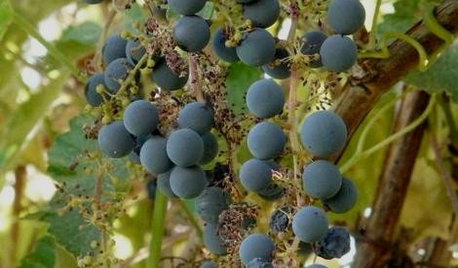
GARDENING GUIDESGreat Design Plant: Try California Wild Grape for Interest All Year
Sure, it’s stunning in fall. But the spring buds, summer grapes and gnarled winter vines are gorgeous too
Full Story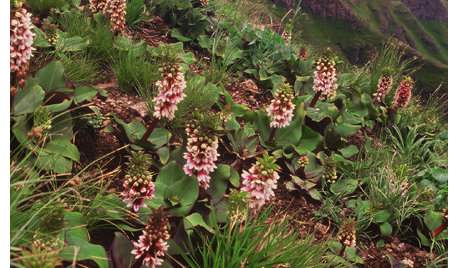
GARDENING GUIDES3 Exotic Flowers From the South African Wild
Add an enticing note to a garden border or patio container with these sophisticated and memorable African plants
Full Story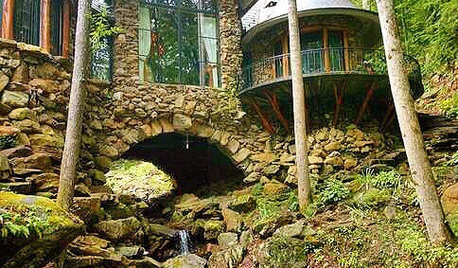
FUN HOUZZ31 True Tales of Remodeling Gone Wild
Drugs, sex, excess — the home design industry is rife with stories that will blow your mind, or at least leave you scratching your head
Full Story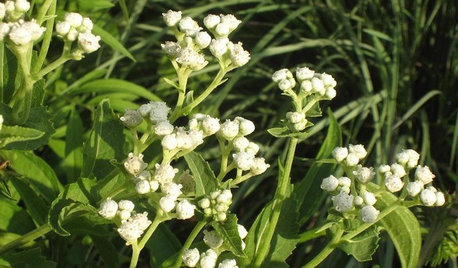
NATIVE PLANTSGreat Native Plant: Grow Wild Quinine for Its Unique Clusters of Blooms
Get connoisseur cred and unique blooms with this uncommon plant. Bonus assets: It’s low maintenance and drought tolerant
Full Story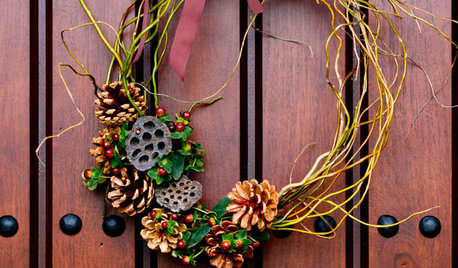
WREATHSMake a Natural and Wild Holiday Wreath
Give an indoor spot a subtle seasonal splash with flexible willow tips and rustic embellishments
Full Story
DECORATING GUIDESExpert Talk: Walk on the Wild Side With Animal Art
Bring untamed power and energy to your interiors with sophisticated, personal or just darn cute animal art
Full Story




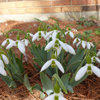

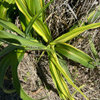
organic_kitten